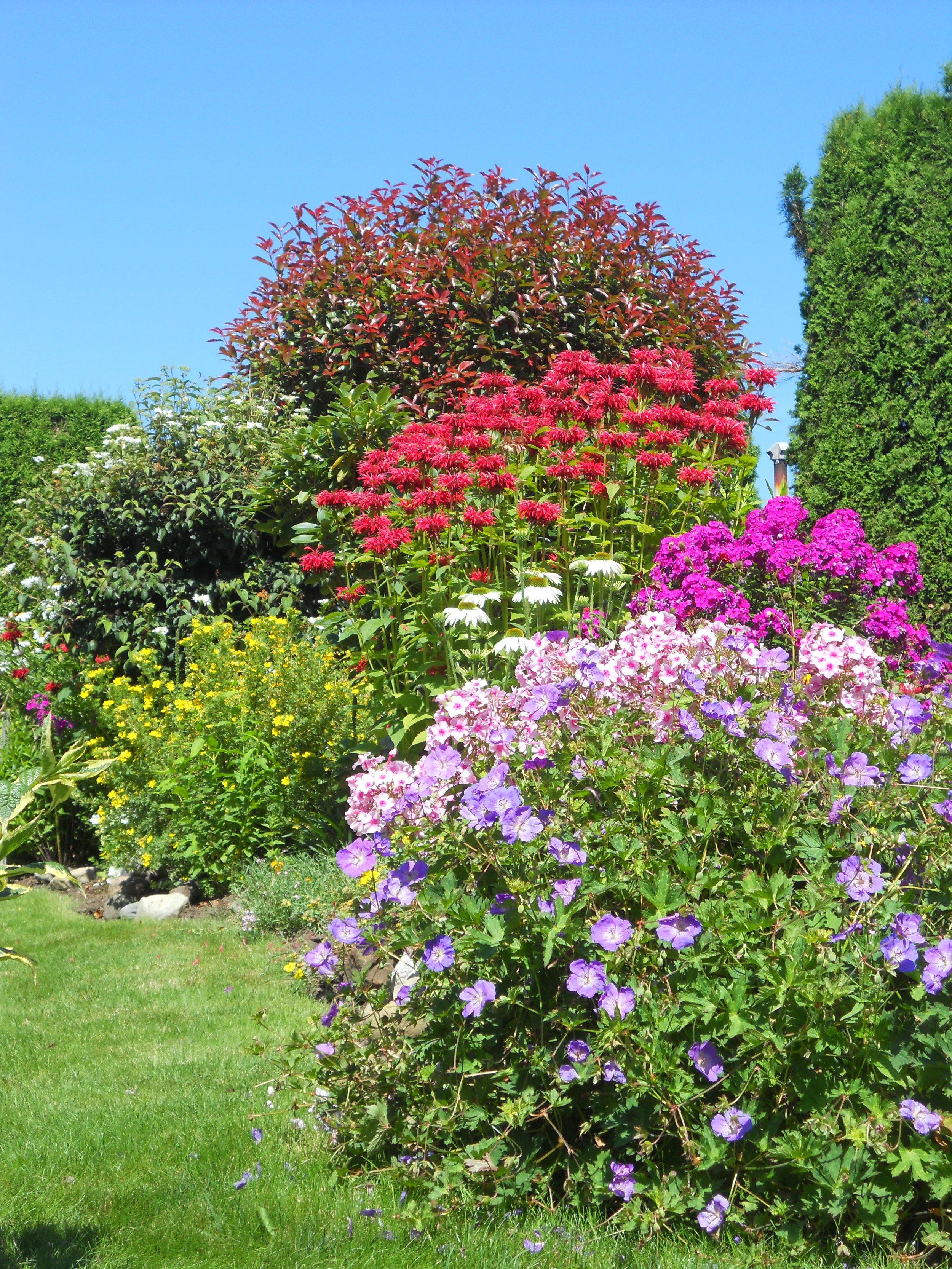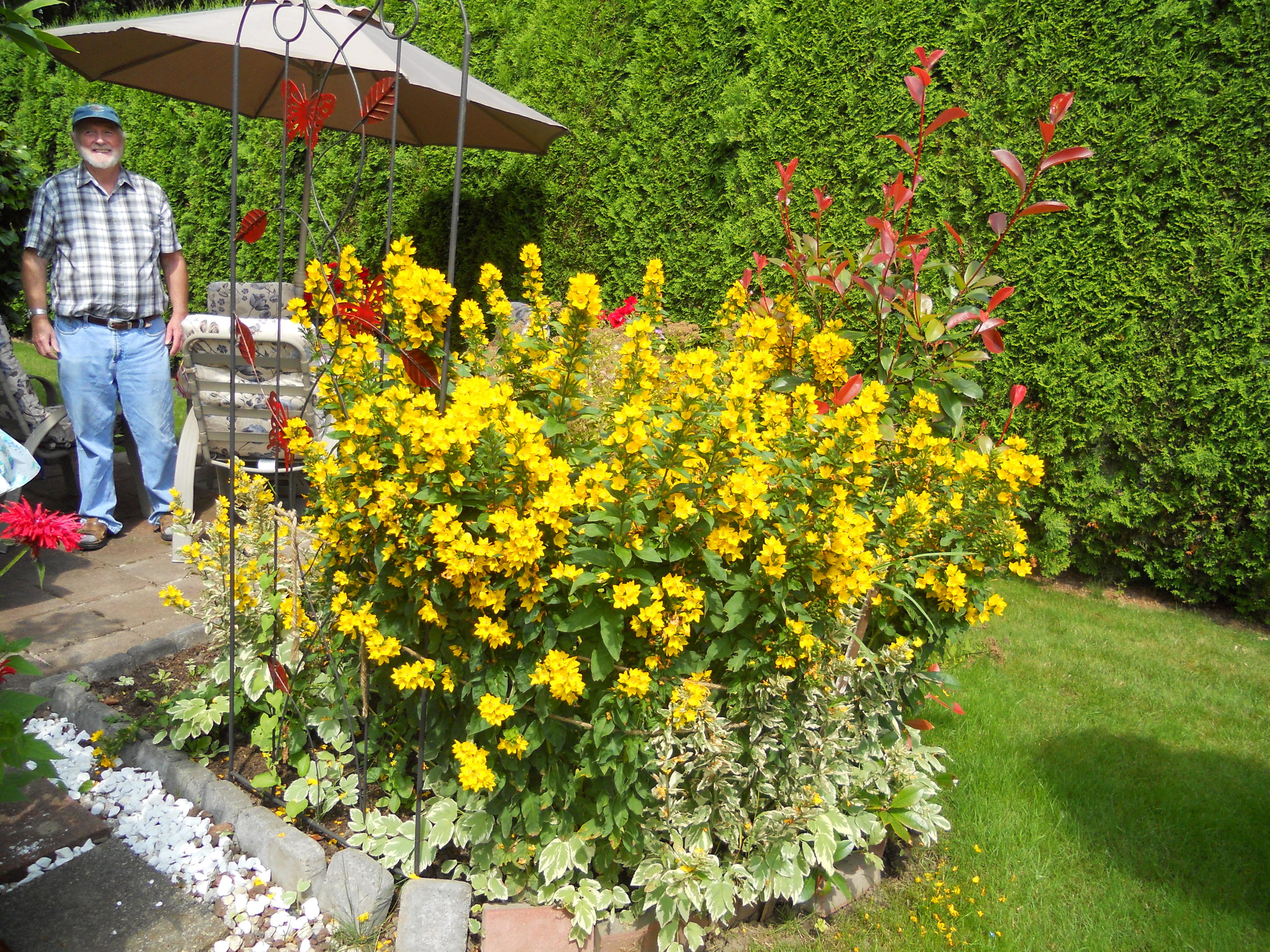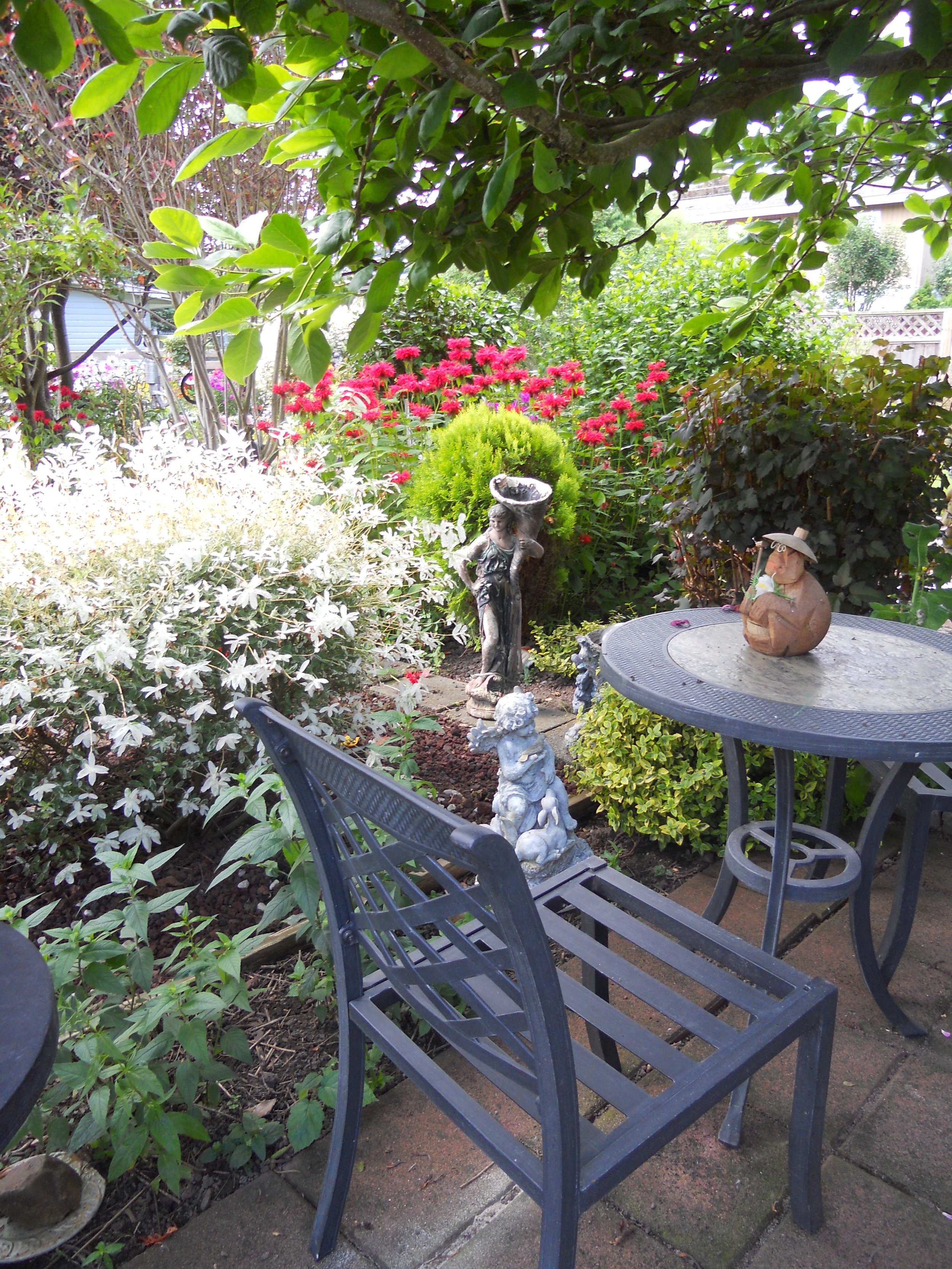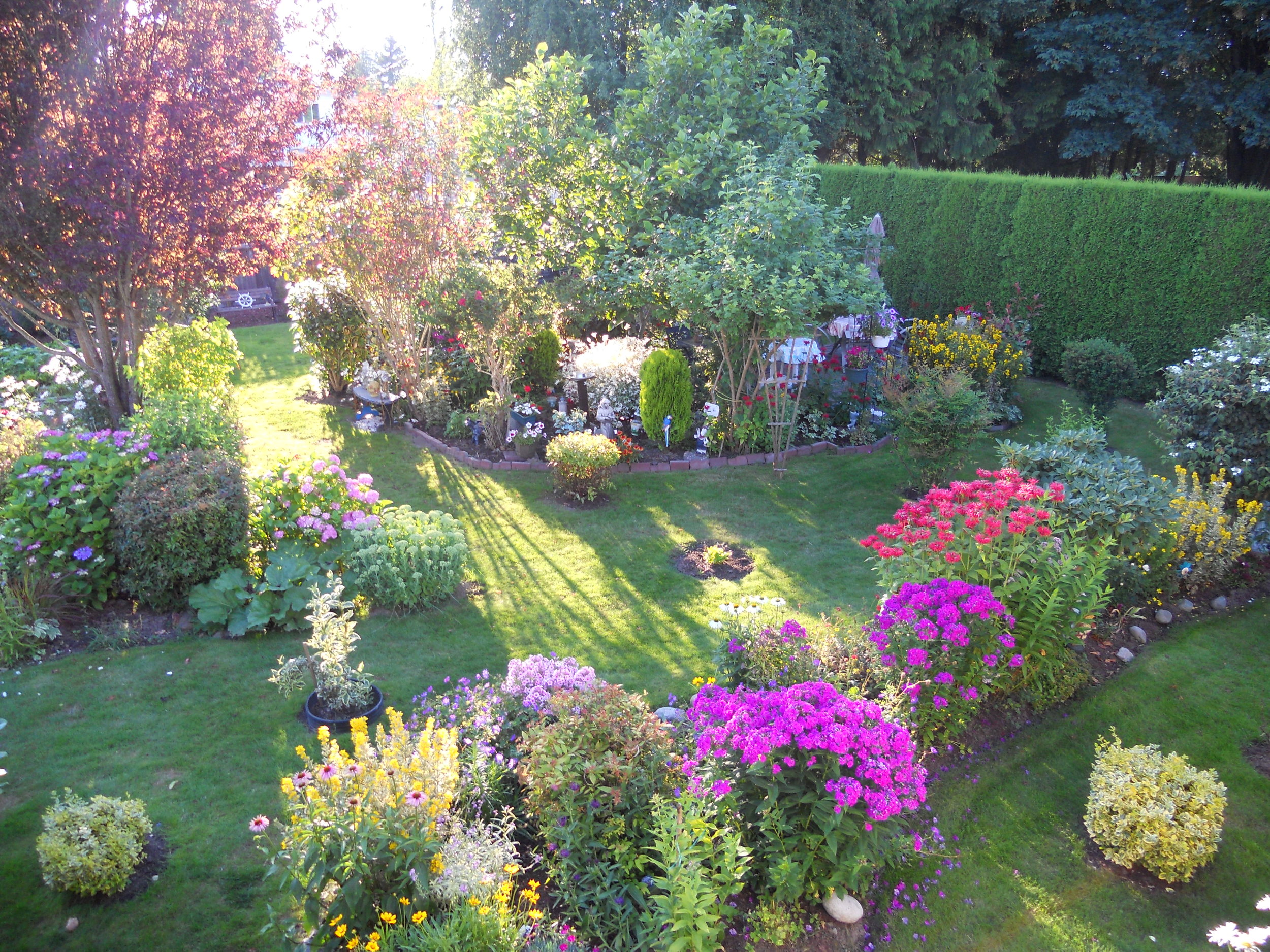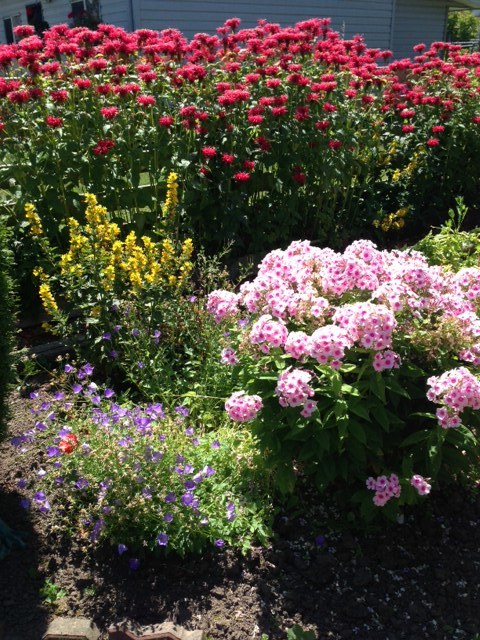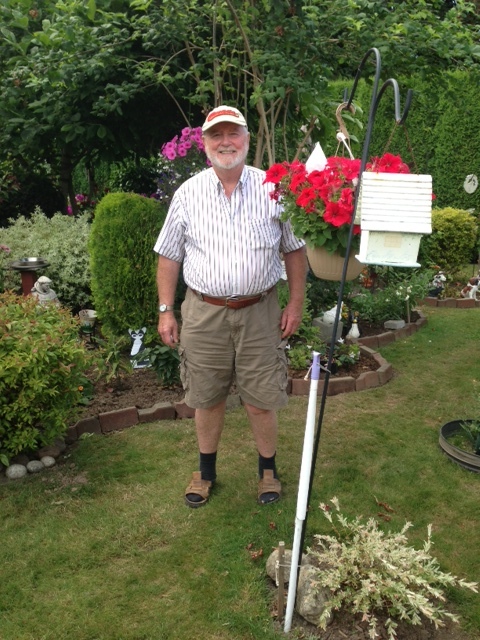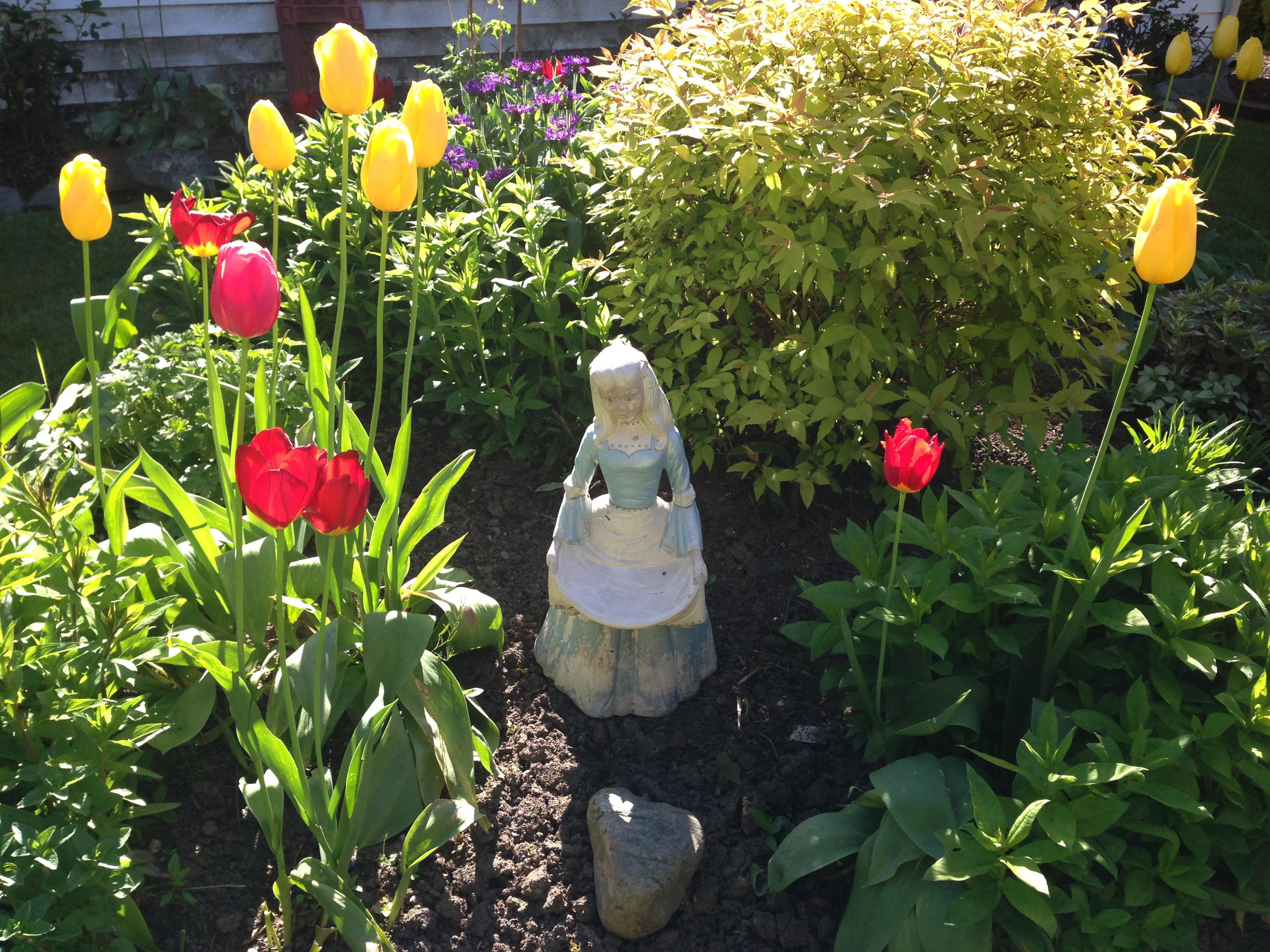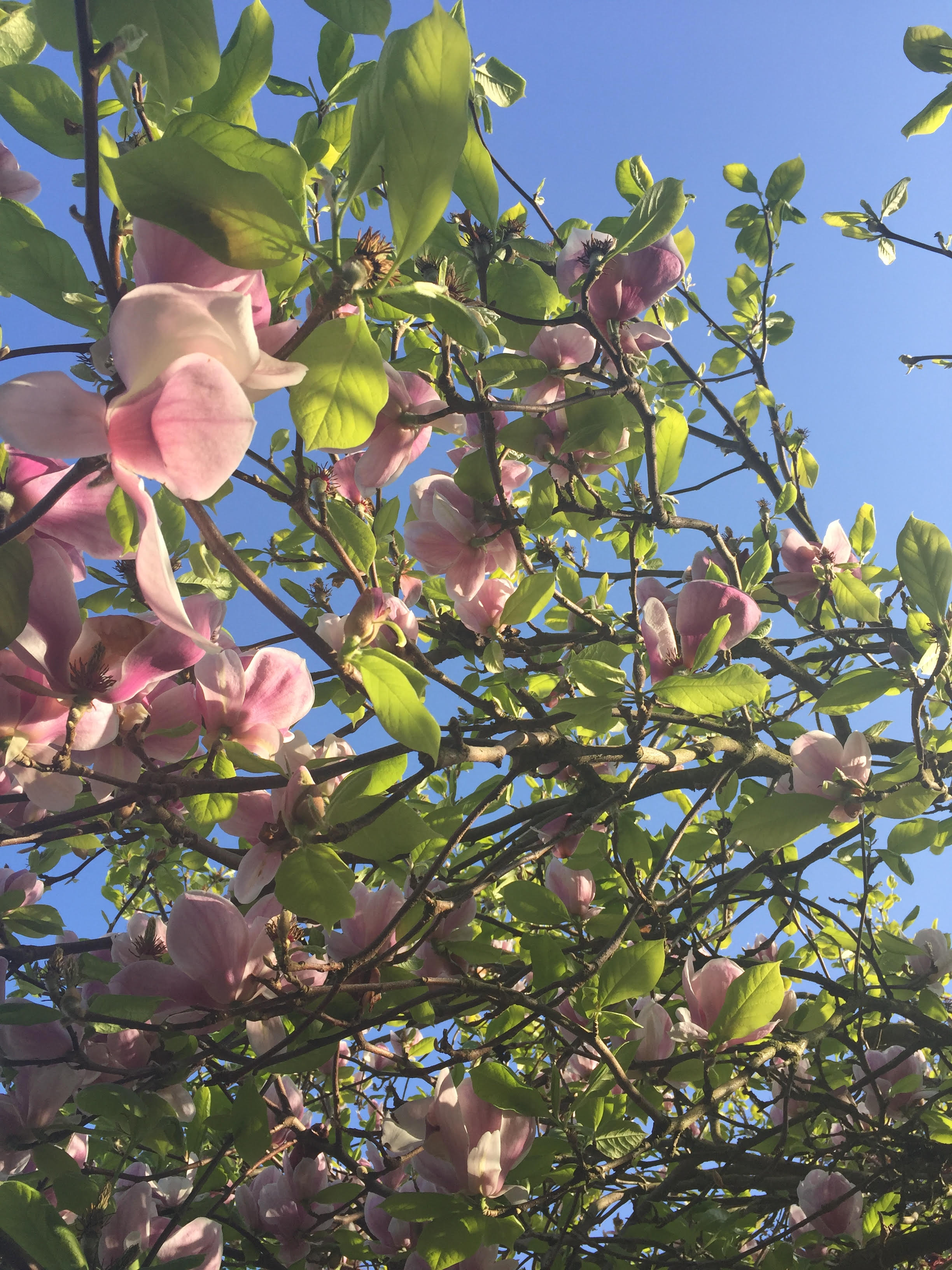Not true. We create a false dilemma by saying there are only two options: Either I refer for euthanasia or I don’t practice as a doctor. No. There is a third option: You practice as a physician and you do not refer for euthanasia. Let me explain.
I have never been a fan of emphasizing “conscience” as one’s argument for doctors avoiding practices that simply aren’t good medicine. I have written on this before regarding abortion and that can be viewed here. Emphasizing conscience has the risk of marginalizing true, ethical physicians, putting them on the “fringe,” as though pro-life doctors are somehow different from the average doctor because they have a “conscience” that tells them something that is different from what “real” medicine would do. That is not the case.
Real medicine heals, not kills.
Real medicine alleviates suffering without eliminating sufferers.
Real medicine addresses the underlying motivation for someone’s request to die (e.g., administering pain medicine, giving love and attention to the lonely), rather than responding at a surface level.
Real medicine believes we should “do no harm.”
Real medicine heeds the Canadian Medical Association’s Code of Ethics which says, “Practise the profession of medicine in a manner that treats the patient with dignity and as a person worthy of respect. Provide for appropriate care for your patient, even when cure is no longer possible, including physical comfort and spiritual and psychosocial support.”
Real medicine remembers it was less than a century ago when physicians were lead killers during the Holocaust, killing not only Jews, but also the elderly and disabled, the individuals they categorized as “lives unworthy of life.”
Real medicine remembers the words of Holocaust-survivor Elie Wiesel whose essay, incidentally titled, “Without Conscience,” was published in 2005 in the New England Journal of Medicine and read by UBC medical students in which he writes, “[I]nstead of doing their job, instead of bringing assistance and comfort to the sick people who needed them most, instead of helping the mutilated and the handicapped to live, eat, and hope one more day, one more hour, doctors became their executioners…Why did some know how to bring honor to humankind, while others renounced humankind with hatred? It is a question of choice. A choice that even now belongs to us—to uniformed soldiers, but even more so to doctors. The killers could have decided not to kill.”
Real medicine simply does not kill.
Instead of emphasizing conscience, we need to emphasize what the nature of the healing profession is all about. We have to show it is simply not good medicine to kill a patient. Instead of saying, “I do not refer for euthanasia because my conscience tells me not to,” a pro-life physician should declare, “I do not refer for euthanasia because it is not good medicine. I do not refer for euthanasia because it goes against the nature of the healing profession. I do not refer for euthanasia because as a physician I am called to do no harm and I would be violating that command.” At this link I have developed an apologetic to help guide physicians to articulate why euthanasia is not the proper response, and what, in fact, is.
To my many dear, and some of my closest, friends who are physicians: Do not let this decision discourage you. Let it empower you. Let it embolden you. Get ready to love your patients like you’ve never loved before, and get ready to fight your medical establishment like you’ve never fought before.
If the day will come when you no longer practice as a physician, may it be because your license was taken from you, not because you voluntarily walked away. Do not walk away. If the day will come when you no longer practice as a physician, may it be because you were literally dragged from doing so, not because you willingly left. Do not willingly leave.
If the day will come when any of this happens, our attitude must be to look at it, not as the end, but as a beginning, to get creative about how physicians can practice as doctors and do the right thing, regardless of the environment one is in--just as others in the past who have lived through human rights violations have done. Never give up.
Patients who are truly loved and cared for physically, emotionally, and spiritually are unlikely to request euthanasia. So do your job and let the lawyers who exist to defend you (here and here) do theirs.
What the great Dr. Martin Luther King, Jr., once said, in his Letter from Birmingham Jail, about the early church is as a relevant to the civil rights activists of his day as it is relevant to the pro-life physicians of our day:
“There was a time when the church was very powerful -- in the time when the early Christians rejoiced at being deemed worthy to suffer for what they believed. In those days the church was not merely a thermometer that recorded the ideas and principles of popular opinion; it was a thermostat that transformed the mores of society. Whenever the early Christians entered a town, the people in power became disturbed and immediately sought to convict the Christians for being ‘disturbers of the peace’ and ‘outside agitators.’ But the Christians pressed on, in the conviction that they were ‘a colony of heaven,’ called to obey Gad rather than man. Small in number, they were big in commitment. They were too God-intoxicated to be ‘astronomically intimidated.’ By their effort and example they brought an end to such ancient evils as infanticide and gladiatorial contests.”
If we are going to bring an end to the present-day evil of killing the weak and vulnerable, we will not only have to capture the sacrificial and courageous spirit of the early Church, but we will need to be prepared for an epic battle. That is what happens when the Culture of Life clashes with the Culture of Death. But we need not be afraid, because we are people of hope. And as the late Fr. Richard John Neuhaus once said,
“Hope is a virtue of having looked unblinkingly into all the reasons for despair, into all of the reasons that would seem to falsify hope, and to say, 'Nonetheless Christ is Lord. Nonetheless this is the story of the world. Nonetheless this is a story to which I will surrender myself day by day.' Not simply on one altar call, but as the entirety of one's life, in which every day is a laying of your life on the altar of the Lord Jesus Christ being offered up in perfect sacrifice to the Father.
“And will we overcome? Will we prevail? We have overcome and have prevailed ultimately because He has overcome and He has prevailed. There are days in which you and I get discouraged. On those days I tell myself — I suppose almost every day I tell myself, sometimes several times a day — those marvelous lines from T. S. Eliot's 'East Coker,' where Eliot says, 'For us there is only the trying. The rest is not our business.'
“For us there is only the trying. The rest is not our business. Some people read those lines as lines of resignation, kind of shrugging your shoulders and saying, 'What can you do?' But I read them as lines of vibrant hope. The rest is not our business. The rest is God's business.
“Thank God, we are not God. Thank God, God is God.”
So try, try with all your might, and watch God work mighty wonders through you.
---
*It should be noted that there were several votes by the CMA on this topic. Although the CMA reported that “Conscientious objection was a contentious issue, with 79% of delegates voting against a motion to support conscientious objectors who refuse to refer patients for medical aid in dying” the CMA also reported that “According to results of a CMA member survey [of 1407 responses] presented at the meeting, many doctors remain opposed to assisting in a patient's suicide. Only 29% of those surveyed said they would consider providing medical aid in dying if requested by a patient, 63% would refuse outright and 8% were undecided.” The CMA also reported, “‘No physician should be forced to participate against their conscience,’ said Dr. Jeff Blackmer, vice president of medical professionalism at CMA. ‘But there's disagreement about what this means.’”
This isn’t the end of the story as the CMA is looking at all these votes and motions and considering guidelines moving forward; therefore, it is still possible the guidelines to come will respect a physician’s conscience. Time will tell, which is why, at minimum, protecting conscience rights can still be lobbied for, but, more importantly, a solid pro-life apologetic on euthanasia must be articulated, not only at a national level with the CMA, but also to the provincial governing medical bodies as well as to our elected representatives on a provincial and federal level.



